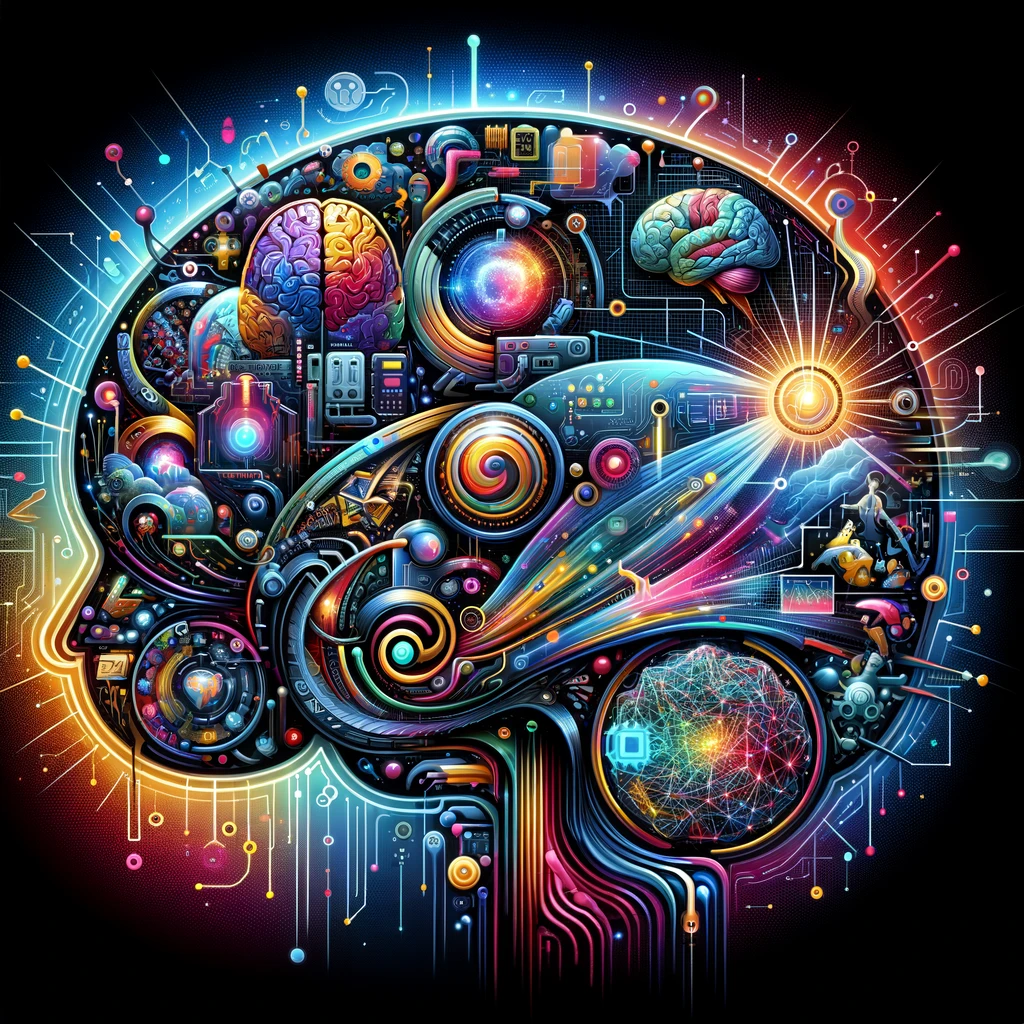In the rapidly evolving landscape of digital technology, Artificial Intelligence (AI) has been at the forefront of innovation, particularly in the realm of image generation and manipulation. Next-generation AI image tools are transforming industries, from graphic design to digital marketing, offering capabilities that were once considered the realm of science fiction. This article delves into the technology behind these powerful tools, exploring the mechanics, implications, and future prospects of AI in the field of image creation.
Introduction
AI image generation tools have seen a meteoric rise in both sophistication and popularity over the last few years. These tools, capable of creating highly detailed and accurate images from textual descriptions, are powered by complex algorithms and neural networks. The technology behind this fascinating capability involves a combination of machine learning (ML), deep learning, and sometimes, generative adversarial networks (GANs). Understanding the nuts and bolts of these systems not only provides insight into their current capabilities but also sheds light on where they are headed.
Machine Learning and Deep Learning Foundations
At the heart of AI image generation tools lies machine learning and its subset, deep learning. Machine learning algorithms use statistical methods to enable machines to improve at tasks with experience. Deep learning, a more specific subset of ML, utilizes neural networks with many layers (hence “deep”) to analyze patterns in data. These neural networks are inspired by the structure and function of the human brain and are particularly adept at recognizing patterns that are too complex for a human to identify and articulate.
Neural Networks and Their Role
Neural networks consist of nodes, or “neurons,” connected in a way that resembles the human brain. In the context of image generation, Convolutional Neural Networks (CNNs) are particularly important. CNNs are designed to process pixel data and are adept at handling imagery. Through training, these networks can learn to recognize and replicate patterns, textures, and styles of images, making them ideal for generating new images based on learned parameters.
Generative Adversarial Networks (GANs)
A significant breakthrough in AI image generation came with the development of Generative Adversarial Networks (GANs). Introduced by Ian Goodfellow and his colleagues in 2014, GANs consist of two neural networks: a generator and a discriminator. The generator creates images that are intended to appear as realistic as possible, while the discriminator evaluates these images against a dataset of real images, learning to distinguish between the generated images and authentic ones. This adversarial process continues until the generator produces images that the discriminator can no longer easily distinguish from real images. The result is remarkably realistic images that can often fool the human eye.
Transformer Models in Image Generation
More recently, transformer models, best known for their role in advancing natural language processing (NLP), have been adapted for use in image generation. Models like DALL-E and its successors use a variant of the transformer architecture to generate images from textual descriptions. These models are trained on vast datasets of images and their descriptions, learning complex associations between text and visual elements. By understanding the context and nuances of language, transformer-based models can create images that are not only visually appealing but also contextually relevant to the input text.
Ethical Considerations and Challenges
As with any powerful technology, AI image generation tools come with their set of ethical considerations and challenges. Issues such as copyright infringement, misinformation, and the potential for creating misleading or harmful content are at the forefront of ongoing debates. Addressing these concerns requires a combination of technological solutions, such as watermarking AI-generated content, and policy measures that govern the use and distribution of such content.
The Future of AI Image Generation
The future of AI image generation looks promising, with advancements in technology continually expanding the capabilities and applications of these tools. We can expect to see improvements in the quality, speed, and diversity of images generated by AI, as well as more intuitive interfaces that make these tools accessible to a broader range of users. Moreover, integration with other technologies, such as virtual reality (VR) and augmented reality (AR), could open new avenues for immersive experiences and interactive media.
Conclusion
The technology powering next-gen AI image tools is a testament to the remarkable progress in the field of artificial intelligence. By leveraging machine learning, deep learning, neural networks, and GANs, these tools are not only enhancing creative possibilities but also challenging our understanding of art, authorship, and authenticity. As we look to the future, it is clear that AI image generation will continue to be a significant driver of innovation, with the potential to transform how we create, consume, and interact with digital content.
